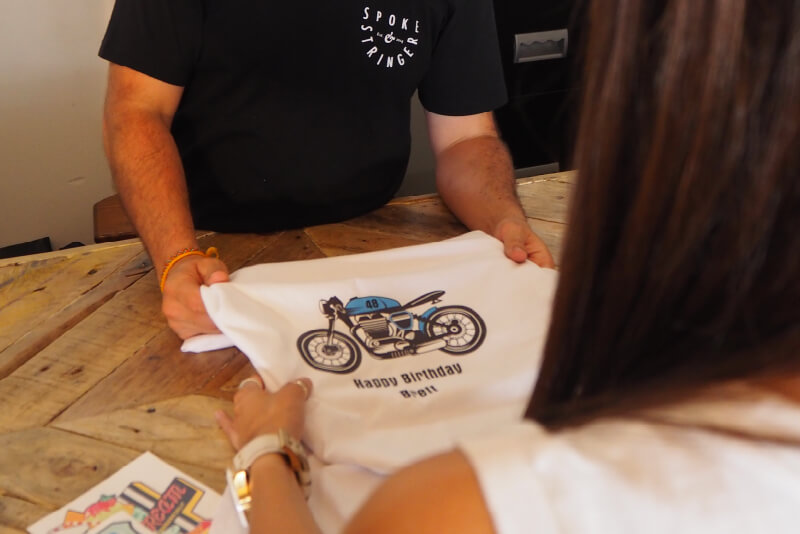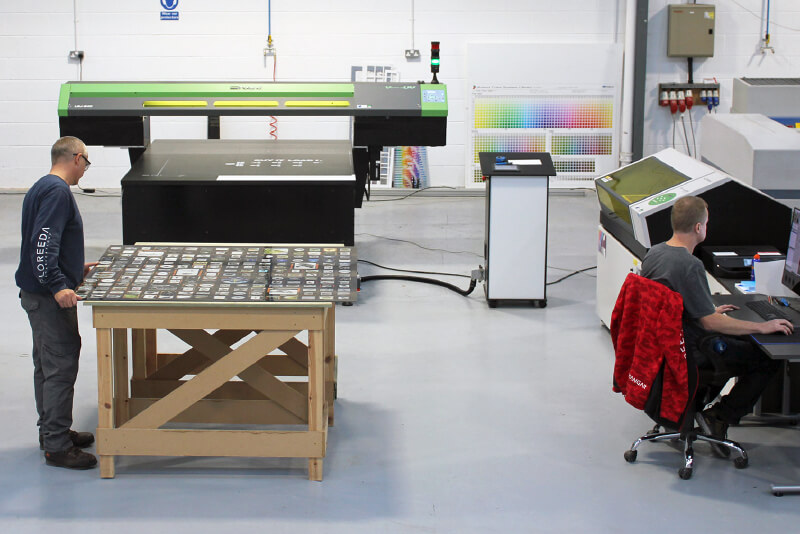If you sell products to the consumer market - or even to other businesses - you will have noticed that personalisation is becoming more and more important. A November 2020 survey we conducted showed that the personalised gift market is set to grow even bigger before the end of 2021.
The chances are you have already introduced some personalisation into your customer experience or your product offering, but how can you exploit this potential further? You can take your ideas to a third-party provider, but you’ll never know what you can do until you get hands-on with the technology.
Here are just a few of the benefits you can reap for your business by familiarising yourself with personalisation technology.
1. Quality Control
In a highly competitive market, the businesses which provide products of superior quality at a commercially viable price have a better chance of survival. That said, it just takes one bad batch from your supplier to delay your orders and undermine confidence in your services.
When you bring personalisation in house, you have full control of the output quality, and you can react immediately to imperfections without incurring unforeseen shipping delays. This gives you a safety net and it means that even when things don’t go according to plan, your customers don’t need to be inconvenienced by it.
 Pictured: Gamer tag printed directly onto a PC
Pictured: Gamer tag printed directly onto a PC
2. Creative Control
If you have a great idea, you may find that some of its essence can be lost in communication when dealing with third parties. In this case, there’s always an element of compromise and these third parties may not realise your vision completely.
Bringing this production in-house lets you experiment more freely and produce the output that you saw in your mind’s eye. Furthermore, with more direct experience, you will have a greater appreciation of the limitations and capabilities. This means that your creative impulses can be more tightly focused on the technology available to you, helping you find your niche, create your next best-seller or discover a gap in the market that you can dominate.
3. Reaction Times
The world is changing all the time and we are all just moments away from the next big trend. Unfortunately, when dealing with third parties, all your competitors will likely be jumping on this trend at the same time, which could limit the number of products you can produce and delay the delivery times.
By taking control of production, you can be the first to react when new trends come along, and you can start selling to customers while your competitors are still trying to source the products. With the additional freedom of in-house production, you can also provide a more flexible service meaning your customers get exactly what they want.
 Pictured: Personalised packaging for an instore promotion, courtesy of The Packaging Experts
Pictured: Personalised packaging for an instore promotion, courtesy of The Packaging Experts
4. Customer Experience
In this age of endless choices, customer experience is one of the key things which will determine the success of your business. In this way, it’s one of the most important factors and it should be the at the front of your mind when making any business decision.
In-house production capabilities remove a lot of the restrictions that might stop you from saying ‘yes’ to your customers’ requests. You don’t have to consult with a third party to find out what is possible because you already know - and if you don’t know, it’s easy to find out.
5. Reduced Costs
When dealing with third parties, it’s common sense to assume that they are also trying to build a profitable business. The price you pay usually covers production costs, delivery costs, and at least a certain additional percentage to ensure they make money on the transaction.
By bringing production in-house, the costs are transparent and entirely under your control. You can decide where you source the raw materials, and you can also pass this knowledge on to your customers. This can be important if, for example, you are keen to satisfy the growing demand for more sustainable products.
 Pictured: T-shirt personalised with print-and-cut technology
Pictured: T-shirt personalised with print-and-cut technology
6. No Minimum Quantities
One of the biggest barriers to innovation is the need to commit to a minimum order quantity for any product. In many cases, the higher cost of short runs means that you can’t offer a truly custom solution and remain profitable without charging your customers exceptional prices.
Because it’s as easy to create a single unit as it is to produce 100, in-house digital printing technology removes this barrier. In terms of freedom to innovate, this is a major factor and makes the difference between creating the same products as your competitors and going a step beyond to create something truly different.

